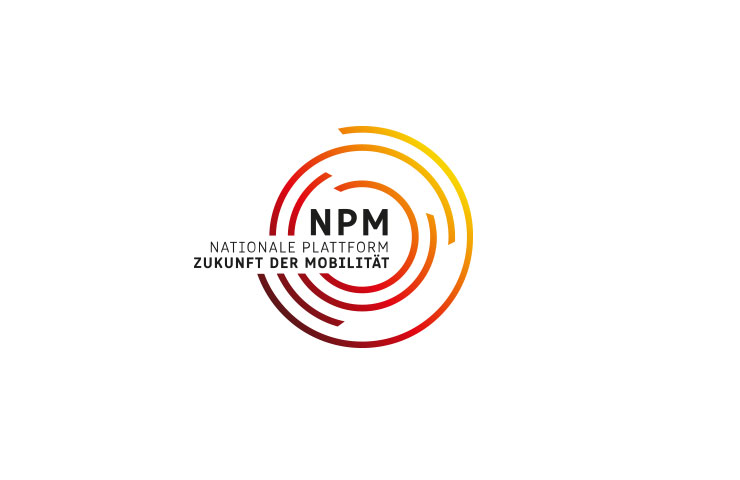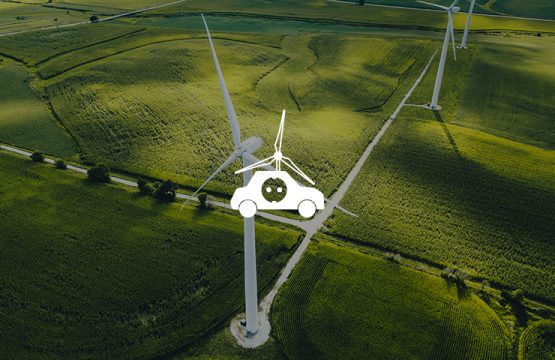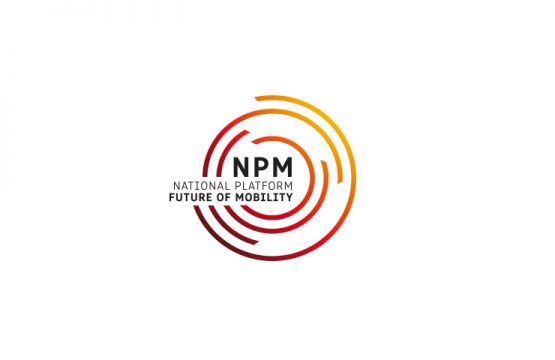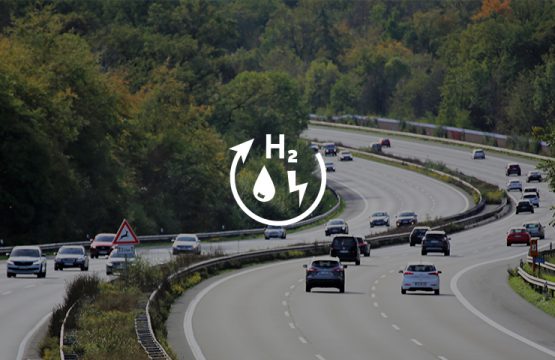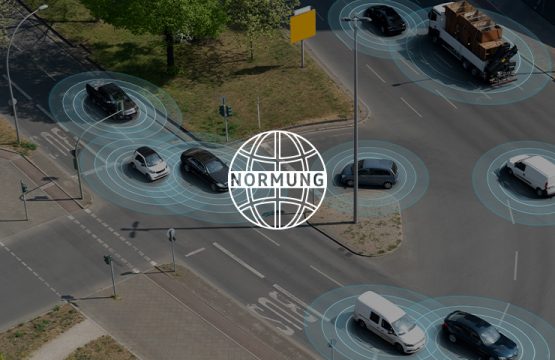- PHEVs could be trailblazers for electromobility and – by using alternative fuels – part of the drive portfolio of the future.
- Thanks to PHEVs, the transformation of the existing value networks could take place in a more socially acceptable way.
- Customers can be introduced to electromobility gradually and without concerns about short ranges.
- Based on 3.3 million PHEVs in use in Germany, savings of approx. 2.5 to 2.9 million tons of CO2 equivalent can be achieved in 2030.
“I am pleased to be able to say that in just three months, the 16 NPM members of the task force were able to fulfil the request of the Federal Government in producing and presenting a report with recommendations regarding the optimum electric efficiency of PHEVs. Based on the areas of vehicle technology, charging and grid infrastructure as well as usage behaviour of PHEVs, we have gathered fundamental facts and provided recommendations for action. Our investigations which were supported by external experts revealed that, in line with climate protection goals, PHEVs can help reduce CO2 as long as they are used in electric mode for at least 50 % of the time. This applies in particular when used as business cars“, explains Henning Kagermann, chairman of the Steering Committee of the NPM.
PHEVs can leverage their technological strengths and environmental benefits when they are predominantly used in electric mode. According to a recent study, in real life, private PHEVs are driven in electric mode 43 % of the time whereas the amount of electric use in company cars is 18 %.
Vehicle technology
Newly certified PHEV models have an electric range of approx. 50 to 70 km. Some initial models with an electric range of 80 to 100 km are now or will soon be available. This means that 99 % of everyday trips can be made in electric mode, which is equivalent to 75 % of annual mileage. The charge time depends on the charging capacity. Most current models have an AC charging capacity of 3.7 or 7.4 kW.
In order to increase the percentage of electric use, NPM recommends aiming for an electric range of approx. 80 to 100 km in vehicles of all models whilst increasing charging capacity to 11 kW (three-phase). In addition, more digital services should be integrated into the vehicle, such as automated switch to electric mode in particular zones or display of consumption, CO2 emission and charging infrastructure data either directly in the vehicle or via an app.
Charging and grid infrastructure
Between 85 % and 90 % of charging events of PHEVs occur at home (@home) or at work (@work). PHEVs can use the public charging infrastructure without any problems. Hence, the charging infrastructure @home and @work should be developed further. In the area of private charging at home, an accompanying funding programme for private charging infrastructure can provide support; speedy implementation of the residential property modernisation act (Wohneigentums-Modernisierungesetz – WEMoG) as well as the electromobility infrastructure in buildings act (Gebäude-Elektromobilitätsinfrastruktur-Gesetz – GEIG) is also beneficial. The expansion of the charging infrastructure in workplaces can be sped up through tax incentives for employers to set up charging infrastructure.
Company cars
Studies show that there is room for improvement when it comes to company cars. Privately purchased PHEVs may have a lower drive performance, but they are more likely to be used in electric mode.
In this context, a company car policy could ensure a more appropriate use of PHEVs. In order to increase the vehicle’s use in electric mode, employers can cover the charging costs for private and business trips, and should introduce a charge card for company car users. On the basis of a sales and usage consultation of fleet operators and users, usage patterns could be developed to bring the chosen company car in line with user needs. With increased transparency in user behaviour, fleet managers would be able to optimise drive and charge behaviours.
With the right incentives, driving in electric mode could be made more use of, especially in company cars. Instruments to be used could be adjustments to the environmental bonus and to the innovation premium as well as making company car tax more dynamic. In order to obtain a valid database, a process to monitor the use of PHEVs needs to be initiated without delay. No agreement was reached within the WG as to the exact timing of the adjustments.
The report can be downloaded on https://www.plattform-zukunft-mobilitaet.de/berichte/ (in German).
About NPM – National Platform Future of Mobility
The National Platform Future of Mobility brings together experts in the fields of politics, the private sector, associations, research institutes and NGOs to develop visions for sustainable, environment- and climate-friendly, affordable and competitive mobility in Germany. Presided by Prof. Dr. Henning Kagermann, six workings groups develop intermodal guidance to politicians, businesses and society in a technologically neutral way.
Contact:
Alexandra Huß
Communication advisor
Office of the Chairman of National Platform Future of Mobility
huss@acatech.de
+49 (0)30 / 206 30 96 86
+49 (0)160 / 714 93 25
